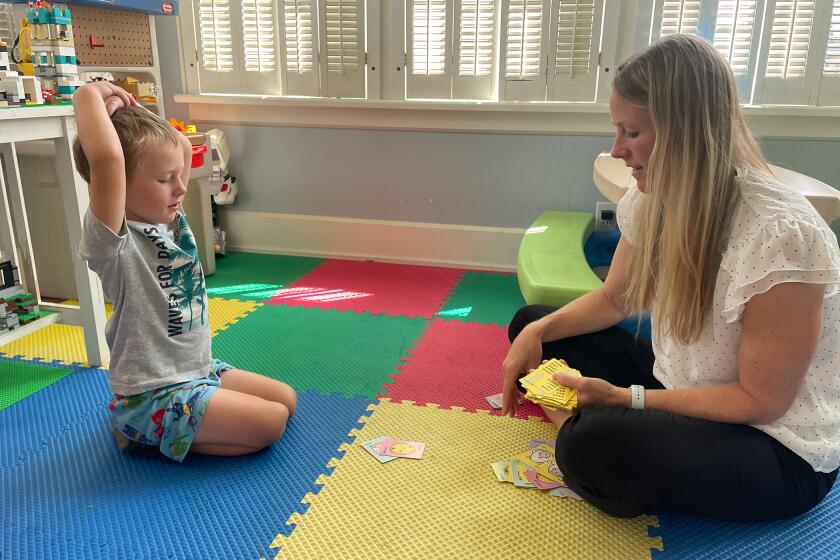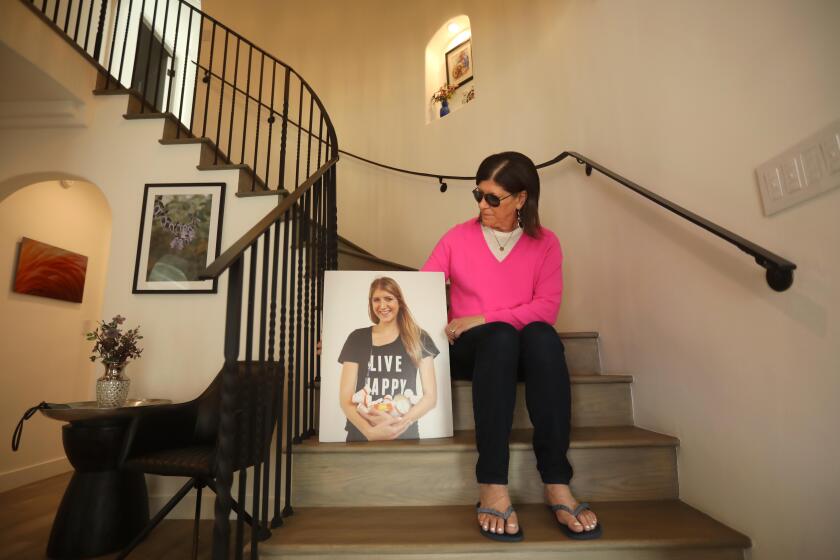The Leech’s Mechanical Cousin
It’s hard to imagine a circumstance under which I’d actually enjoy having a leech slithering over me, sinking its fangs into my flesh to suck my blood. Yet those leeches can be pretty useful in certain delicate surgeries--can even save reattached fingers and the like by keeping blood flowing through tissues until new veins can grow.
Thus, despite my distaste, I’d probably even name my leech--but the trouble is, my leech would soon be gone. Filled with blood, utterly sated, it would drop off me. Then a new, unfamiliar leech would have to be stuck on to take its place. (And how many leeches can one name?)
The stress of having parasites applied on top of the stress of serious surgery and the tendency of leeches to drop off long before the vein-growing job is done were just a few reasons Dr. Gregory Hartig of the University of Wisconsin decided it was time to improve over nature.
Leech purveyors, quake in your boots: After a couple of years’ toil, Hartig and colleagues Michael Conforti and Nadine Connor have a “mechanical leech” to show for their pains.
The glass-and-plastic prototype (a bell-shaped chamber, plus several tubes, placed over the wound site) does everything that the regular leech does--but better, Hartig says.
First, a cross-shaped “bite” is made in the site requiring attention. Then the trusty mechanical leech is placed in position. It injects a fluid containing an anticoagulant. It stirs the blood around a bit to discourage clotting. All the while, a gentle suction draws the blood out of the surgery site so blood keeps flowing through, allowing the delicate wound to get the oxygen and nutrients it needs.
There are a few fine points to work out (such as ways to make sure that not too much blood gets sucked out) so it’ll be awhile before the mechanical leech hits the clinic. But Hartig is convinced that the new product (which will not have the word “leech” anywhere in its name) will be able to single-handedly tackle larger surgical sites than can flesh-and-blood leeches and be used in places where a leech can’t be put, such as the mouth.
And it’ll definitely be less of a palaver to use than a flesh-and-blood leech, which tends to roam from the site of a wound if left to its own devices.
“A single leech doesn’t really remove that much blood, so you have to use many leeches,” Hartig says. “And you have to have a person willing to keep track of the leeches, to place them, remove them and make sure they’re not migrating.”
The mechanical leech, though indubitably a cunning invention, wasn’t that hard to come up with, says Hartig. Although the medicinal leech is a marvelously complex creature shaped by millions of years of evolution, surgeons are only really interested in the anticoagulant in its saliva and its ability to suck.
But an invention doesn’t have to be complex to make its medical mark. For instance, what could be simpler than a Band-Aid?
The adhesive bandage was invented in 1920 by Earle Dickson, a Johnson & Johnson employee whose wife, Josephine, was always cutting her fingers in the kitchen. Plain gauze kept slipping off, so Dickson stuck a rectangle of gauze on a piece of tape, then covered it with protective crinoline. Dickson’s boss decided to market his idea--and history, as they say, was made. But not immediately. Perplexingly, the first Band-Aid that Johnson & Johnson marketed, in 1921, was 3 by 18 inches in size. It wasn’t very popular. But millions of Band-Aids went overseas in the war effort, and their use just continued to grow.
* The 1921 Band-Aid was handmade; the first machine-made Band-Aid came out in 1924.
* The red string used to open the wrappers dates from 1940.
* The first decorative Band-Aid was marketed in 1952--no Big Bird or Barney, just white stars on various-colored backgrounds.
* At one point, a Little Golden Book called “Dr. Dan the Bandage Man” was used to spread the popularity of Band-Aids: It came complete with two free Band-Aids courtesy of Johnson & Johnson.
*
If you have an idea for a Booster Shots topic, write or e-mail Rosie Mestel at the Los Angeles Times, 202 W. 1st St., Los Angeles, CA 90012, or rosie.mestel@latimes .com.



